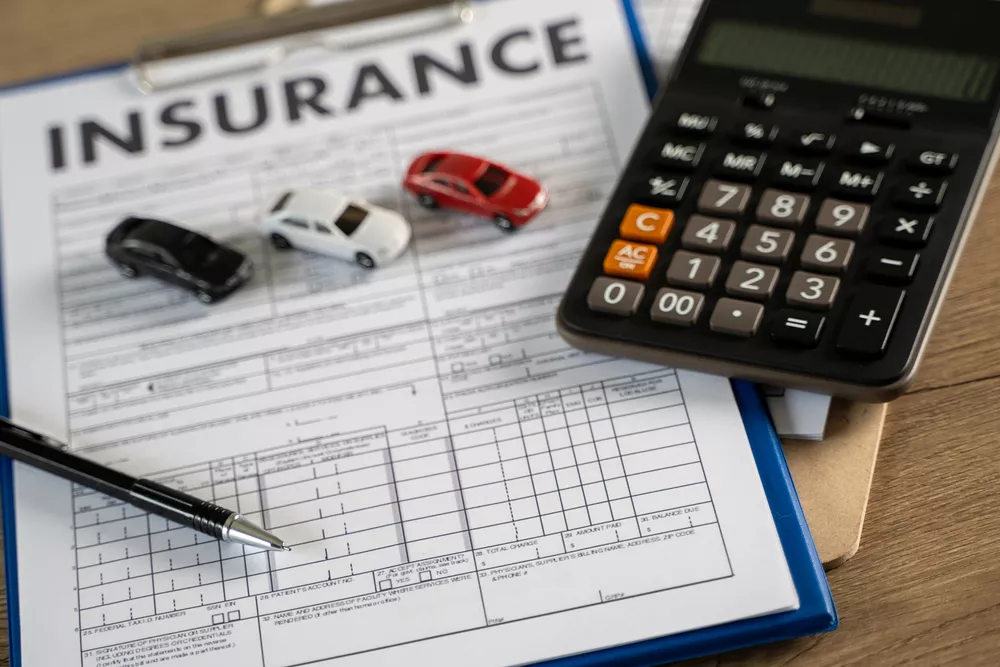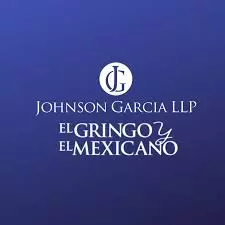If you’ve been involved in a car accident, there are a few things to make sure you do. Of course, you will want to notify the police that an accident has occurred, as well as ensure that you receive the medical care you need as soon as possible, among other things.
However, one of the most important things you can do is to understand not only your insurance policy but also the policy of the other driver. Why is this important? Because understanding car insurance coverage will reveal what may and may not be covered when an accident occurs. Knowing what isn’t covered can help you prepare for the recovery of your damages and may help you in selecting insurance protection that’s more comprehensive.
Comprehensive Insurance
Compromise insurance is not required in Texas or in most states, but is usually the broadest form of coverage that you can purchase that protects you if your car is damaged or you are injured in some way other than a collision. Comprehensive coverage can be used to cover damage and injuries for single car accidents as well when there is not other party involved. For example, this coverage provides you with protection in the event that your vehicle is stolen or damaged by circumstances out of your control, like fallen trees, hair, fire, flood, and similar incidents.
Minimum Limits Coverage
The most common insurance coverage involved in car accidents is referred to as “minimum limits.” This represents the lowest amount of insurance coverage required under the law. There are two main types of required coverage: bodily injury and property damage.
Bodily injury coverage covers liability incurred as a result of injury or death resulting from any accident involving your vehicle. Property damage coverage ensures that others who have incurred damage to their vehicles or properties caused by your vehicle are reimbursed for their damages. In Texas, a minimum limits policy requires at least $30,000.00 in liability coverage per person for a total of $60,000.00 per accident. This can be very important if the accident involves serious injuries and/or if there are several people who are injured. For example, if only one person is injured in an accident then there should be $30,000.00 in liability insurance if the at-fault driver had only minimum limits coverage. There will additional monies available for coverage for your car’s property damage. On the other hand, if there are four injured people and only one minimum limits policy available from the at-fault vehicle, then those four people are each individually capped at $30,000 but there is a total limit of $60,000 available for all four. Sometimes this can make recovering the full amount of your damages a challenge.
However, it’s important to understand that, although it provides basic protection, required coverage may not be sufficient to protect or reimburse you. That being said, purchasing what is considered to be optional coverage can help you get the compensation you deserve via a car accident lawyer.
Uninsured Coverage
One type of optional coverage is uninsured insurance. Uninsured motorist coverage offers protection in the event that an uninsured driver causes an accident or if you are involved in a hit-and-run accident. In this situation, your claim will be made against your own insurance company, which has duties under the law in terms of how your claim is handled.
Underinsured Coverage
Coverage can also be purchased to protect you if an accident were to be caused by a motorist who was under-insured. This is different from uninsured, which only applies if the other driver has no insurance. Instead, this coverage is triggered when your damages are greater than the amount of insurance available from the other driver. For example, a person may experience a serious injury and incur $100,000.00 in medical bills. If the other driver only had minimum limits of $30,000.00, that available insurance from the other driver would not be sufficient. Thus, an underinsured policy would be helpful to reimburse you for damages that exceeding the minimum limits from the other driver.
Personal Injury Protection
Personal injury protection, also referred to as PIP or medical payments, will reimburse you and any passengers in your vehicle at the time of the accident for medical injury expenses. As well, PIP may cover any lost wages and other expenses incurred as the result of an injury.
Residual bodily injury liability coverage protects both you and anyone else who may be in your vehicle in the event that the other driver wishes to sue for damages caused by their injuries.
Glass Coverage
Glass coverage protects you from damage to your vehicle’s windshield, as well as its rear and side windows, and the glass in your sunroof if your vehicle has one.
Collision Coverage
Collision coverage offers protection in the form of reimbursement should your vehicle collide with another vehicle. However, collision coverage will also protect you in the event that you hit an object, such as a tree or a guardrail in a single-vehicle accident, or one where you are at fault.
Collision coverage will also protect you from damage done to your vehicle as the result of hitting one or more potholes, as well as any damage resulting from a rollover incident.
How Much Coverage Is Enough?
Many vehicle owners looking for coverage don’t know how much is enough. Not knowing can result in insufficient compensation being received for damages. This next section will discuss coverage according to type.
Collision and Comprehensive Coverage
Both collision and comprehensive coverage amounts can be determined by whether or not you fully own your car, as well as what year it is. If you own your vehicle completely, but it is not a new model, for example, you will need to consult the Blue Book to determine the value of your vehicle.
If your vehicle’s value is low, then this coverage may not be feasible because, if you are involved in an accident that “totals” your car, insurance will only reimburse you for the car’s value. Because you will have to pay your deductible to get this reimbursement, what you end up receiving may not be much. In some instances, people can find themselves “upside down” in an automobile because they owe more on their note than the car is worth, which is not a good situation. This difference is often bridged by “gap” insurance that is often required by lenders.
Uninsured Motorist Coverage and Property Damage
Although the ideal situation would be that all drivers are insured, the reality is far different. The law doesn’t require drivers to carry uninsured motorist coverage, but, by not having it, you risk not receiving payment for damages to you and any passengers in your vehicle at the time your vehicle was struck by an uninsured or under-insured motorist.
The same is true of uninsured motorist property damage. Not having this coverage will mean that you don’t receive payment for your vehicle or for other property damaged as a result of the fault of the other driver if that driver does not have insurance.
For both coverage types, you will want to check the value of your vehicle. If low, this coverage may not help you. You may also not need it if you already have collision coverage.
Bodily Injury Liability and Property Damage Coverage
As stated previously, required coverage provides basic protection but may not be sufficient. The best way to determine the right amount of body injury liability coverage for you is to consult your insurance policy to confirm what you have in place. If you believe your available coverage may not be sufficient, you can obtain a quote from your insurance agent or from insurance brokers for the increased costs of increased coverage limits.
You will see numbers listed as a fraction—for example, 30/60. These numbers represent the maximum amount, in thousands of dollars, that your insurance company will pay.
The first number represents an amount per person, and the second number represents the total reimbursement per accident. If an accident a driver was involved in is their fault and someone dies as a result, the number 20 indicates that the driver’s insurance company will cover $30,000 for loss of income to the deceased’s family, as well as their legal costs in the event their family tries to sue, in addition to other expenses.
$30,000 is not a lot of money, especially if the other party is suing for the auto accident and wanting much more. If this should happen, drivers could face liability exceeding the coverage that they have, which could expose other assets and could potentially mean having their wages garnished or property seized.
The same is true of property damage. Although you may have basic coverage, it may not be enough. Property damage, like bodily injury liability, will be listed in your policy in fraction form and communicate a number in thousands of dollars that the insurance company will pay in the event damage to another’s property is sustained by your vehicle.
Because you can never predict the cost of an accident, you can never really have too much bodily injury liability or property damage insurance coverage.
Understanding Your Deductible
Your deductible is a predetermined amount that your insurance company will deduct from your reimbursement or settlement in a comprehensive or collision claim. For example, if your deductible is $250 and your vehicle repairs cost $4500, you will receive $4250 from your insurance company.
You can choose a lower or higher deductible. A lower deductible will typically cause your insurance rates to increase but will get you more money from your insurance company in the event of an accident. A higher deductible will mean less money from your insurance company, but cheaper insurance rates.
Getting the Compensation You Deserve
Even when you think that you have the right amount of coverage and a fair deductible, it still may not be sufficient to cover you for the costs of your injuries following a car accident. There are many factors that are out of your control which can lead to high medical costs.
This is where it can benefit you greatly to seek out a Houston car accident lawyer to help you get the money you need to pay your medical bills and provide you with compensation for lost wages while you take time to recover from your injuries.
Johnson Garcia LLP will help to ensure that your case gets the attention it deserves, instead of being pushed through quickly by an insurance company that doesn’t want to pay up.
Our experienced attorneys understand your need for sufficient funds to cover your costs and other losses; claim your free consultation now to discover the benefits of professional legal representation.


